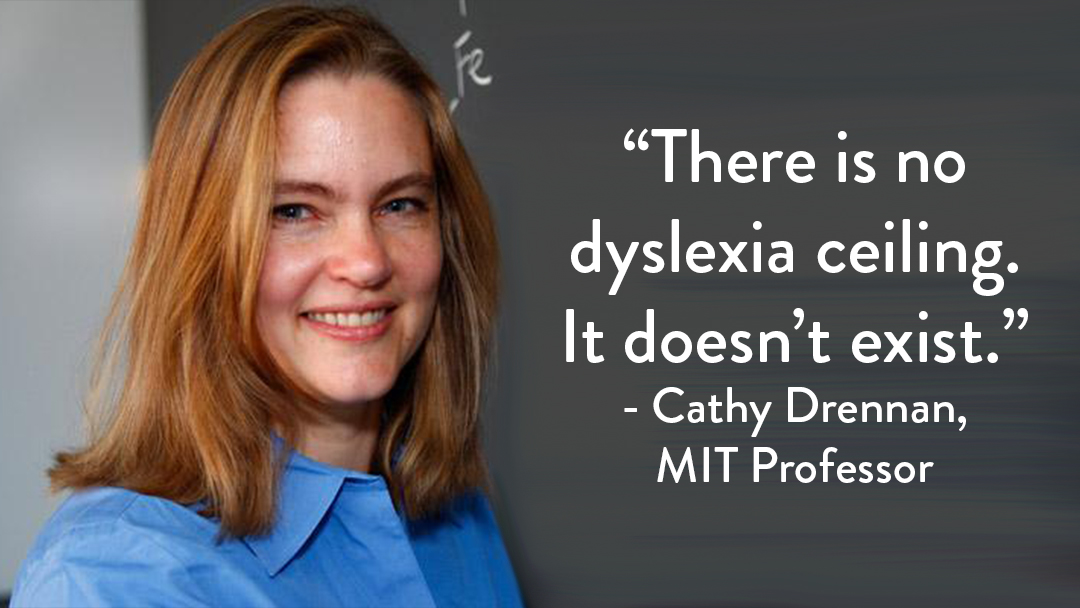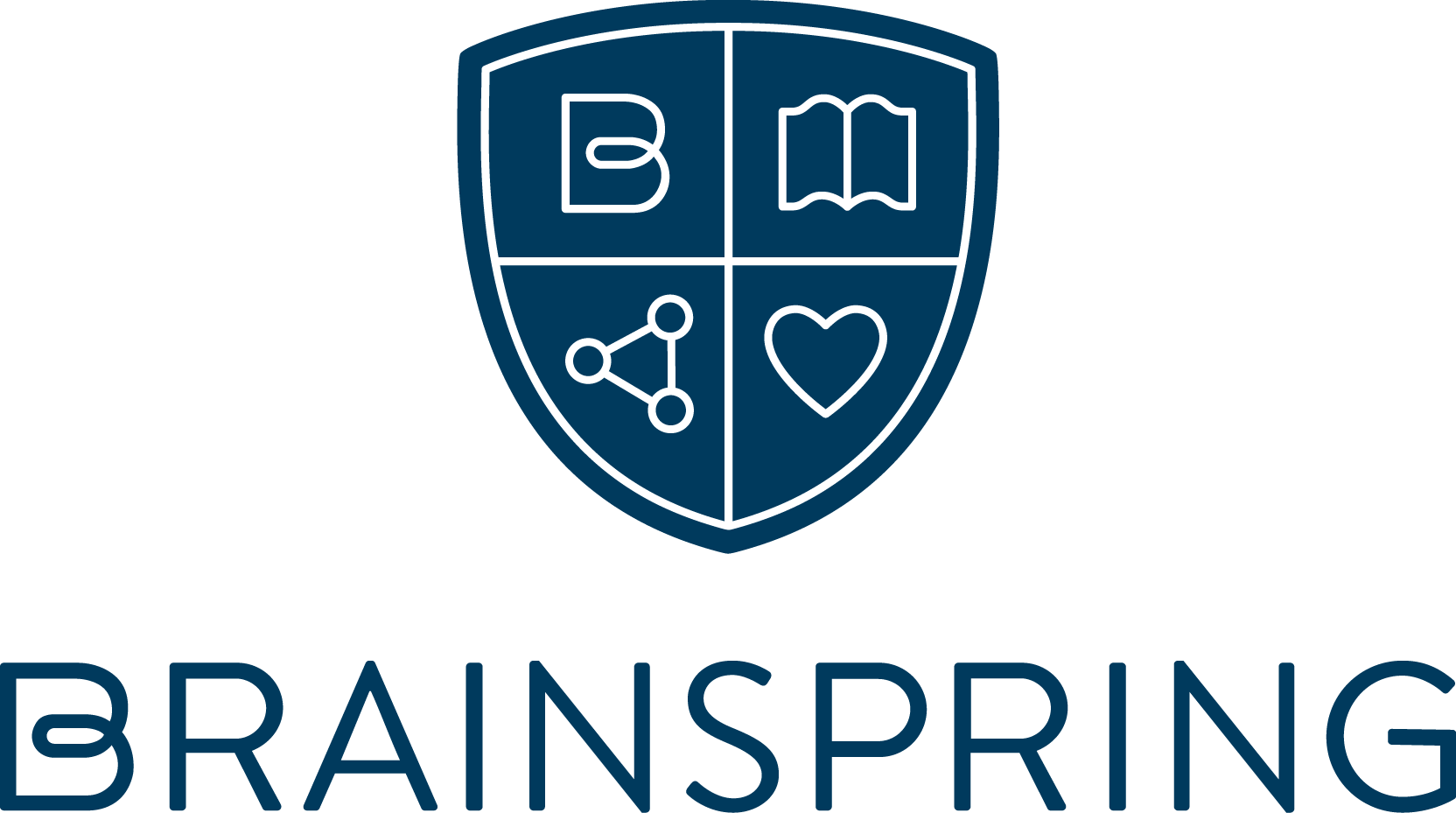Getting Them to Believe
Posted by Brainspring on 21st Oct 2020
Teaching students with learning disabilities and dyslexia for almost twenty years, I have first-hand knowledge of how effective Orton-Gillingham (OG), a multi-sensory approach, is for students with language-based learning disabilities. It can be life-changing. But the first step is to get the students to believe. Believe in themselves. Believe in their teachers.
I work at Oakwood School, a school designed for students with such learning challenges, and we provide a multi-sensory approach to learning, including implementing an OG based curriculum by Brainspring. I see new students walk into my building, some with smiles, some with apprehension of what is to come that day. They are again going to be asked to do something that has been incredibly difficult for them. It has historically caused embarrassment, anxiety, and feelings of self-doubt that seeped into the deepest of their being. They are going to be asked to read, to write, and to learn. It’s a task that, for these students, equates to that of some of our own strongest fears. What they DON’T  know (yet), or don’t believe, is that they CAN do this. Unfortunately, some of these students have experienced so much failure in the past that they believe it is their fault or their own stupidity is the reason why they are at this school. In truth, they are here because they have the potential to become great things. I have witnessed the results of teaching students in a way that aligns with how their brains are wired; students have gone on to become doctors, politicians, authors, business owners, actors, engineers, and the list goes on. So the goal for these students isn’t just to learn to read but to see that dyslexia doesn’t have to prevent them from reaching their potential. This is not an easy task for teachers, nor for parents.
know (yet), or don’t believe, is that they CAN do this. Unfortunately, some of these students have experienced so much failure in the past that they believe it is their fault or their own stupidity is the reason why they are at this school. In truth, they are here because they have the potential to become great things. I have witnessed the results of teaching students in a way that aligns with how their brains are wired; students have gone on to become doctors, politicians, authors, business owners, actors, engineers, and the list goes on. So the goal for these students isn’t just to learn to read but to see that dyslexia doesn’t have to prevent them from reaching their potential. This is not an easy task for teachers, nor for parents.
As a mom of a 19-year-old son with dyslexia and ADHD, I can tell you that the road to success is not smoothly paved, nor available on WAZE or Google Maps. It’s the side roads, the dirt roads, the unpaved roads. My son didn’t have the benefit of attending a school such as where I work, where students are taught using methods proven effective for learners like him. His education followed several uneven highways, getting off at the wrong exits, turning into streets with “Do Not Enter” signs. He is so intent on succeeding that, given the challenges of virtual learning during the COVID pandemic, he doesn’t even want to try. In his eyes, he’s going to fail.  He blames his dyslexia and, even at the age of 19, with all of the wisdom I’ve tried to bestow upon him, he feels he is just stupid. This is the challenge we face as parents, as teachers, as advocates for those with dyslexia: convincing our students and children to not quit, to have a growth mindset knowing that they can succeed, and to understand the power of “yet”. It is not an easy road for us either, and our hearts break with empathy and pound with determination. We know what our kids are capable of, but first, they have to believe.
He blames his dyslexia and, even at the age of 19, with all of the wisdom I’ve tried to bestow upon him, he feels he is just stupid. This is the challenge we face as parents, as teachers, as advocates for those with dyslexia: convincing our students and children to not quit, to have a growth mindset knowing that they can succeed, and to understand the power of “yet”. It is not an easy road for us either, and our hearts break with empathy and pound with determination. We know what our kids are capable of, but first, they have to believe.
Written by Jeanine Cyrwus, M.Ed., CAGS
Jeanine is the Academic Coordinator for Language Arts at Oakwood School.
Brainspring has proudly supported the educational community for more than 25 years.
Our Educator Academy provides educators in grades K-12 with comprehensive MSL Professional Development courses. Learn more about our in-person and online professional development.
The Learning Centers support students through one-on-one, multisensory tutoring sessions. Learn more about our in-person (available in Southeast Michigan) and nationwide online tutoring.

